“Should I be eating carbs?”,” Supplements… Yes or no?”, “What protein should I be eating?”,”Why am I still picking up weight???”
There are so many mixed messages & conflicting advice when it comes to nutrition for over 50-year-old runners.
All you really need is no fluff, science-based nutrition training, and relevant nutritional advice that tells you how much to eat and drink and why you need to eat and drink those certain things.
Doing physical activity such as running brings a lot of advantages such as a lowered risk of chronic lifestyle-related diseases as well as longevity, but one of the amazing benefits that you get for free, when you train regularly is good bone health.
Good bone health implies a little bit of strength, but also bone mineral density. Our bones support us and allow us to move. Our bones also store minerals such as calcium and phosphorous, which help keep our bones strong, and release them into the body when we need them for other uses.
There are many things we can do to keep our bones healthy and strong…
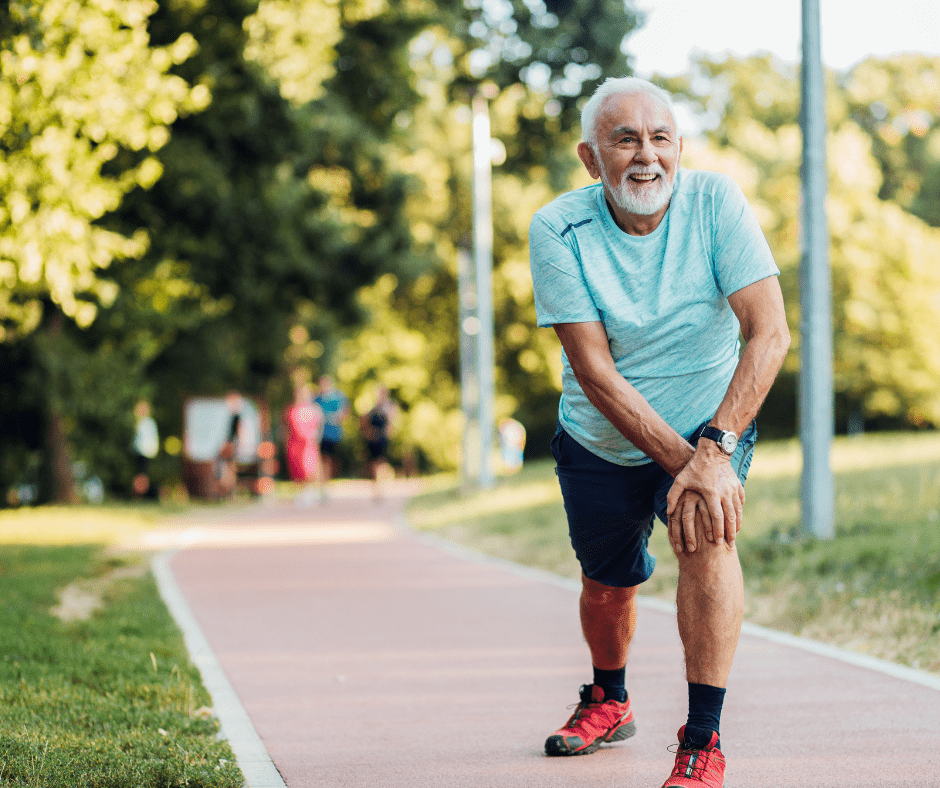
We know that a high level of physical activity may prevent fractures; and even if it does not attenuate bone loss, it can decrease the fracture risk.
Something everyone needs to know is that we will always lose bone…
What we’re going to look at is how we can preserve bone mass as we get older by taking advantage of the benefits we gain through physical activity.
So, let’s break it down…
Everything You Need To Know About Bone Health
If we have a look at the bone and what it comprises, it’s 65% of minerals. Most of those minerals are Phosphorus and Calcium.
This is the reason why aspects of your diet become more important.
Bone is also made of connective tissue. Connective tissue contains a lot of different nutrients.
This is the reason why you need to eat a large variety of foods to maintain your bone health as you get older.
Peak Bone Mass
Peak bone mass is usually achieved by the age of 30 to 35. After this age, there is a decrease in bone mass.
A decrease in bone mass means that the bone reabsorption rate is greater than the bone synthesis rate.
- Resorption means a decrease in bone.
- Bone synthesis is an increase in bone.
Bone Mass
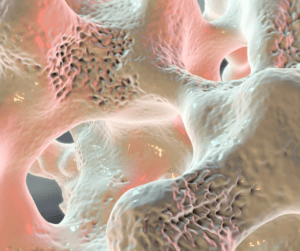
We refer to bone mass as bone mineral density, it is basically how much mineral is in the bone & bone strength.
Bone strength is the ability to resist the restraint that is placed on the bone, this is done with resistant training.
To have strong bones you need to minimize the risk of osteoporosis.
Osteoporosis is a disease where the bone becomes very fragile and brittle, it basically feeds off of the bone.
Osteoporosis can increase fracture risk and affect your quality of life.
So, what happens to our bones as we age…
In the image above, you can see the male bone progression on the yellow line and the female on the red line.
As you can see there is a period where we attain peak bone mass, then there’s a consolidation phase, and then there is that rapid loss of bone as we then pass a certain age and as I said, the activity that we do can delay the process, but it’s not going to make you build bone at the age of 50.
In our early 20s, about 90% of our bone mass is attained. What a lot of people don’t know is that if you didn’t attain it then… then you don’t attain it ever.
That’s why our early nutrition needs to be so good.
All we can do now is try to preserve the bone mass that we’ve got.
If we have another look at the graph above you can see that at the age of about 30 years, that’s where we get our highest period of bone mass, then there is a decrease of 0.5% per year after we reach the age of 40.
The goal is to slow down that 0.5% decrease in bone mass each year.
Slowing down the rate at which your bone mass decreases depends hugely on what you had before you reached the age of 40, your genetics, the physical activity you do, and your hormonal status.
Bone loss happens a bit earlier and at a more drastic pace in females compared to males, this is due to a decrease in estrogen after menopause. Estrogen has a very strong protective effect on bone, so after menopause and after the drop in estrogen there will be a steep decrease in bone loss.
The good news, as you can see in the yellow circles on the graph above is that even though bone mass will carry on decreasing, it can be slowed down through physical activity and proper nutrition.
Let’s find out how we can maintain what we have for a longer period…
How To Support Bone Health
Key nutrients that support bone health:
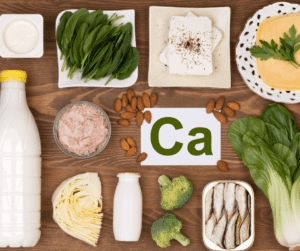
- Protein (meats, dairy, fish, eggs,)
- Calcium (Dairy, spinach, kale, okra, white beans)
- Phosphorus (Dairy, meats, nuts, fish, beans)
- Vitamin D (Fatty fish, cheese, egg yolk)
- Magnesium (Whole grains, spinach, nuts, quinoa, avocado)
- Zink (Meats, Shellfish, nuts, legumes)
- Copper (nuts, shellfish, offal)
- Boron (Fruits, nuts, lentils, beans, wine)
- Manganese (Tea, bread, nuts, green vegetables)
- Potassium (Banana, broccoli, parsnips, nuts)
- Iron (Liver, meats, beans, dried fruit, leafy greens)
As well as these vitamins:
- Vitamin K
- Vitamin C
- Vitamin A
- B vitamins
The crux of the matter is that we have to try and include all the food groups in our daily diet.
Bone Health & Food Variety
Dairy is extremely important because that’s the group that supplies calcium and phosphorus, which we need to consume to strengthen our bones.
We should eat fruit & vegetables daily. A few people try not to eat fruit & veg because they are watching their carbohydrate intake but they don’t realize how important it is because of all the micronutrients veggies and fruit contain.
Grains and starches should be eaten every day, as well as protein as it forms the matrix in which mineralization takes place.
In a nutshell, it is so so important that we include all food groups daily.
We should strive to eat unprocessed, in-season nutrient-dense meals so that every bite counts.
If we have to break it down and if this is all a bit too much for you to take in… just remember these 3 nutrients…
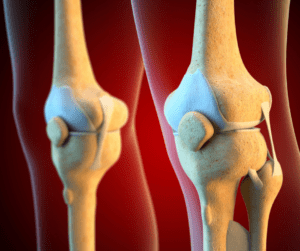
3 Main Nutrients
If we have a look at nutrition and bone health, the 3 main cornerstones are Calcium, Vitamin D, and Protein.
You should be getting about 1000 to 13000 milligrams of Calcium per day.
Calcium in food, especially in milk is the highest and easiest to absorb. One glass of milk or one serving of dairy products is about 300 milligrams, therefore it makes sense to have 3 servings of dairy products per day to get the correct calcium intake required.
If you are following a vegan diet then…
Good sources of calcium for vegans include:
- Green, leafy vegetables – such as broccoli, cabbage, and okra.
- Unsweetened soy, rice, and oat drinks.
- Calcium-set tofu.
- Sesame seeds & tahini
- Brown and white bread (in the UK, calcium is added to white and brown flour by law)
- Dried fruit, such as raisins, prunes, figs, and dried apricots
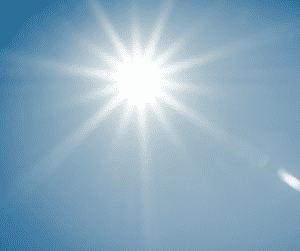
You should be getting about 1500 to 2000 international units of vitamin D per day.
Vitamin D is not found in a lot of food, tuna or a cup of milk do contain some vitamin D but not enough, the place where you can get a substantial amount of vitamin D is from the sun.
If you live in a place that gets little sun, we recommend that you consider taking a daily vitamin D supplement.
You should be getting 20 to 30 grams of protein per meal.
The protein you consume must be high quality so that it contains over essential amino acids.
Nutrition Recommendations To Preserve Bone
Bone Health Problems Specific To Athletes
- Energy Availability
- Low Carbohydrate Availability
- Protein Intake
- Vitamin D Intake
- Dermal Calcium Losses
Energy Availability
When we talk about energy availability, we look at the dietary energy intake, so how much people eat, but we deduct from that the exercise energy expenditure, not the total energy expenditure.
For example, if I take 2500 calories of energy per day, but my exercise is 1500, it means I’ve got 1000 left….that is then what we call energy availability.
If we decrease energy availability by eating way too little or if we train too hard for the amount we are eating then that will have a profound effect on our bone health.
The 1000 calories that are left need to go to physiological functions, such as the liver to work for the kidney and the skin, for the brain and the eyes… all these processes cost energy.
If there is not enough energy left then these processes are going to slow down.
If we have continuous low energy availability… it is strongly associated with bone health, so there will be a decrease in bone formation.
The heavier we train, the more we need to eat to fuel the activity, therefore we need to ensure we are eating enough
For women, perimenopause changes how estrogen works and then a slow decrease in estrogen until it eventually flatlines. The decrease in estrogen will cause an increase in bone resorption, in other words, an increase in bone loss.
There are two ways in which we can enter low energy availability:
- Decrease in food intake and keep physical activity the same.
- Increasing physical activity but not increasing food intake.
Keeping in mind that the body gives preference to activities… for example, I eat 1500 calories but my energy expenditure so that’s what I train is not 1500 it is 2000.
The body will still spend that energy on training, regardless.
Estimated Energy Requirements
The estimated energy requirements for active older people must be lower because they’ve got a decrease in energy expenditure.
These are ballpark figures of estimated energy requirements according to your age group.
Low Carbohydrate Availability
Carbohydrates have been a controversial nutrient for years… a lot of people think by cutting out their carbs they can decrease their weight… but really it’s not like that at all.
A low carbohydrate diet will increase your risk of going into a low energy availability state… if not done well. To decrease your carbohydrate intake healthily, you need to add something else to your diet to get the kilojoules that you require.
Different studies show us that low carb availability on its own without energy availability, without that part of the equation will also affect bone and bone loss.
The provision of carbohydrates decreases the bone reabsorption rate and decreases your post-exercise bone turnover…. In other words, it is very important to consume carbohydrates.
The carbohydrates that you consume need to be whole grain so that we increase our fiber intake.
- 45% to 65% of total calories OR 5-7 g/kg/d (0.08–0.1 oz/lb/d) for general training needs
- Endurance athletes: 7 – 10 g/kg/d (0.1-0.2 oz/lb/d)
- Ultra-endurance events: 10 g/kg/d (0.2 oz/lb/d)
- CHO during exercise > 1 hour → 30 – 60 g CHO (1-2 oz) per hour (food or beverage)
- CHO after hard exercise (> 90 minutes) → ↑ recovery
For athletes who train hard and daily:
- Immediately post-exercise period> 1.5 g/kg (0.02 oz/lb)
- Additional CHO 2 hours later → ↑ muscle glycogen synthesis
Protein Intake
Protein is highly important because it is the matrix in which the bone will deposit calcium and phosphorus. It is recommended that athletes consume more protein than the general population.
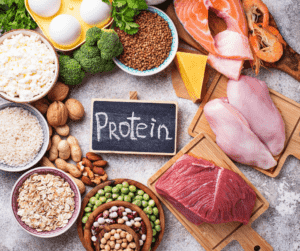
Acid Ash
For a long time, there was this hypothesis called the acid ash hypothesis…
People said that if you consume extreme amounts of protein, that will cause higher acidity levels, this is true as high protein diets do cause high acidity.
To counteract this the body must use one of its buffer nutrients like calcium to make the acidity alkaline, the body does this on its own so there is no need to take alkaline powders or any of those types of products.
The hypothesis said that if we consume high amounts of protein, because of the acidity, the body will withdraw calcium from the bone to try and buffer the situation.
This hypothesis is flawed in the sense that when people have higher protein intake, there was an increased amount of calcium that was absorbed from the protein intake.
The jury’s out. It seems that protein intake might actually be beneficial for the bone because it’s an important part of the bone structure.
The indication is usually to have one to 1.3 grams of protein per kilogram of body mass. And then with the emphasis on the timing, to rather have a regular intake of smaller amounts of protein.
We should try to get to about 20 to 25 grams of protein per meal that we eat, and rather have at least four to five meals per day.
20 grams of protein equates to about 90 grams of meat or chicken or fish. The amount required is about the size of your palm.
Vitamin D
Vitamin D is extremely important as we get older because as we age we become less efficient in making our vitamin D from the sun, this is because of kidney and skin functions.
By not intaking an adequate amount of vitamin D we can experience musculoskeletal pain and a decrease in muscle strength.
The easiest way to obtain vitamin D is from the sun:
- Moderately fair-skinned people → walk with arms exposed for 6-7 minutes mid-morning or mid-afternoon in summer.
- Bare skin exposure is feasible for 7-40 minutes at noon in winter, on most days.
- Dark skinned, indoor training or training at low latitudes → assess vitamin D status.
Good food sources: oily fish (e.g. tuna, sardines, mackerel), cod liver oil, liver, eggs, cheese, and margarine.
- At-risk population (Those who train indoors, who are extremely fair-skinned, those who don’t get as much sun because of where they live) → blood test to see what levels are before supplementing.
Vitamin D supplementation:
• 600IU/day for people aged <70 years.
• 800 IU/ day for people aged > 70 years.
Dermal Calcium Losses
During high volume or very prolonged exercise, especially if it’s in hot and humid conditions, there is an increased rate of sweat loss.
There is calcium in the sweat, so therefore we have to increase what we call dermal calcium losses.
An increase in the loss of calcium means there is less calcium in the serum, in the blood.
As soon as calcium decreases in the blood, the body triggers a hormone called PTH.
The job of this hormone is to try and get calcium back into the blood, it does this by withdrawing calcium from your bone to normalize the blood levels of calcium again.
Over the long term, this can lead to a decrease in bone health.
Studies state that if you consume 1000mg of calcium before extended periods of training in hot conditions you can keep the blood calcium levels neutral.
Calcium Content of Foods:
Remember to eat enough energy, it’s important that if you go on low carbohydrate diets to understand you’re harming your bone health.
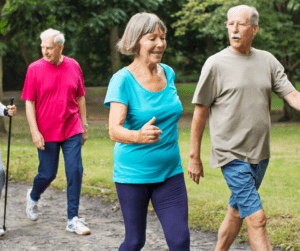
High protein can benefit bone health but just make sure that if you consume high protein you do include some dietary calcium.
Vitamin D is important, so get into the sunlight, or have levels tested if you are unsure.
Understand that dermal calcium losses can be important. So take calcium in around your training sessions, especially before exercise.
If you need to supplement sometimes it’s okay because as we covered at the beginning of this article… there are a lot of nutrients involved in bone. So it does sometimes make sense that if you’re taking a supplement to take a multivitamin-mineral supplement rather than individually try and manipulate nutrients.
Remember, the greatest at risk for a poor micronutrient status is those of us that restrict our energy intake, or that are busy applying severe weight loss practices.
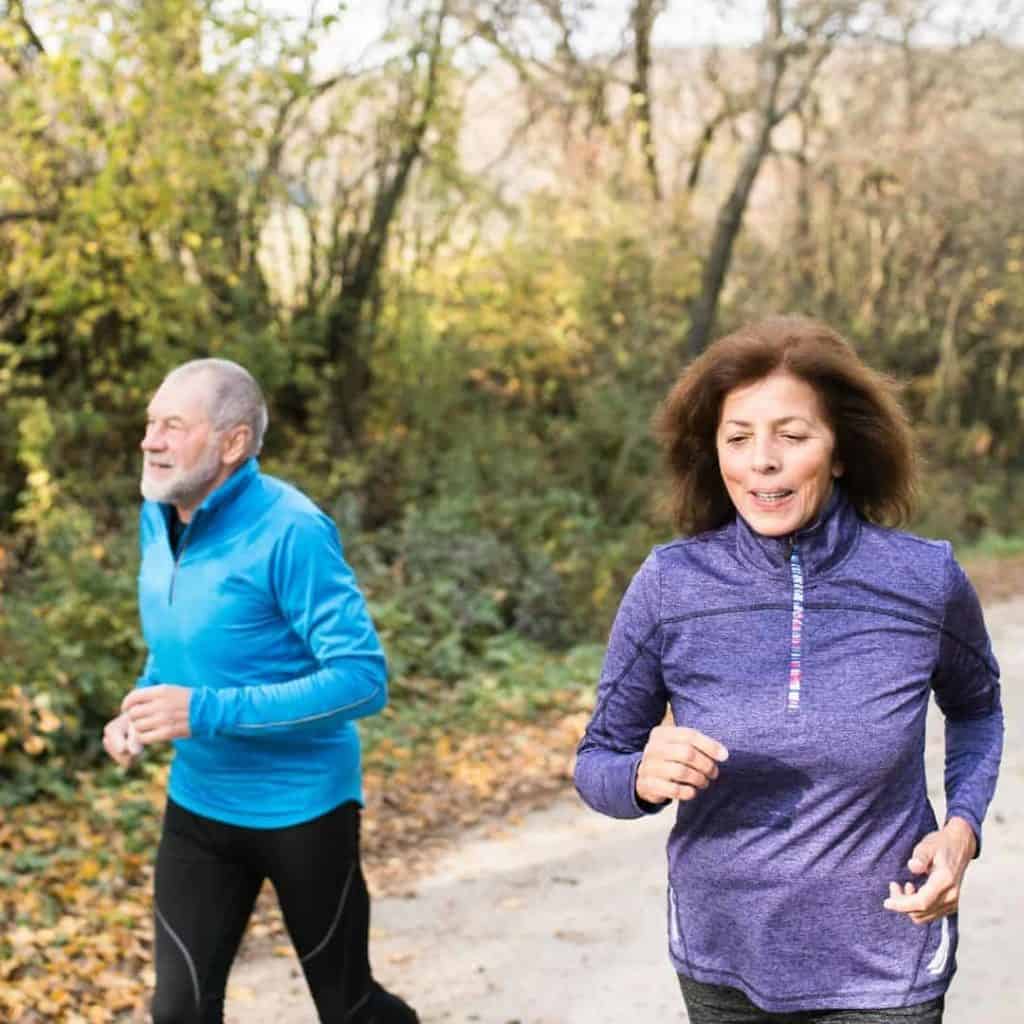
Join us for a free online presentation of the…
The Faster Beyond 50 Masterclass
…and discover how you can run well (and faster) as you get older, without training more or harder than you currently are, all while avoiding injury.
If it feels like you’re training harder than ever but not running the paces you’d like to be running or if you’re constantly tired, fatigued or running in some sort of pain, then this is specifically for you.

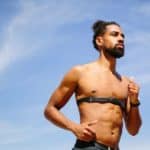
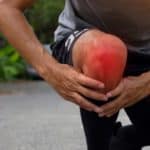
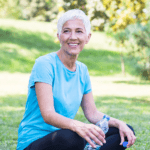
Comments are closed.